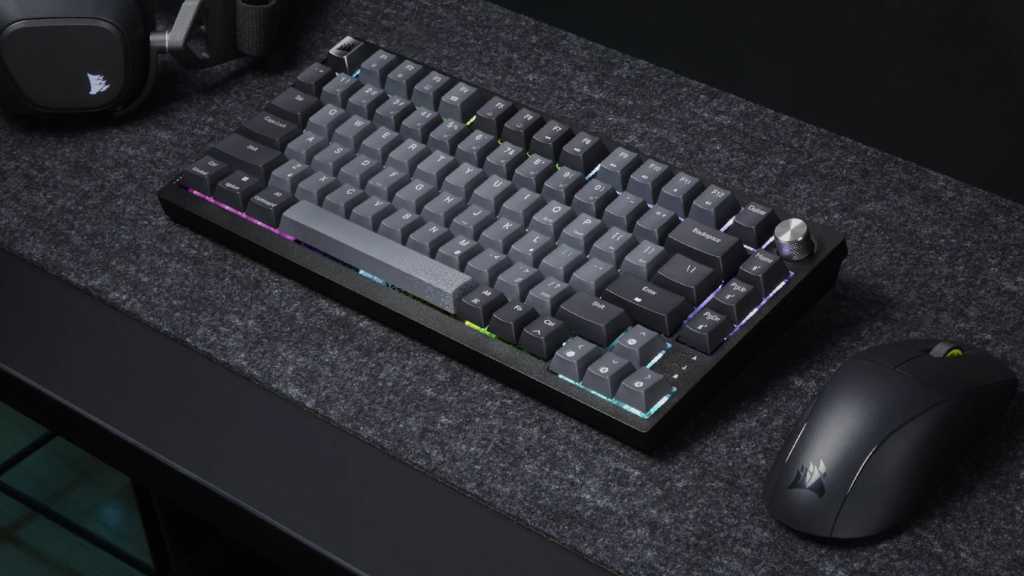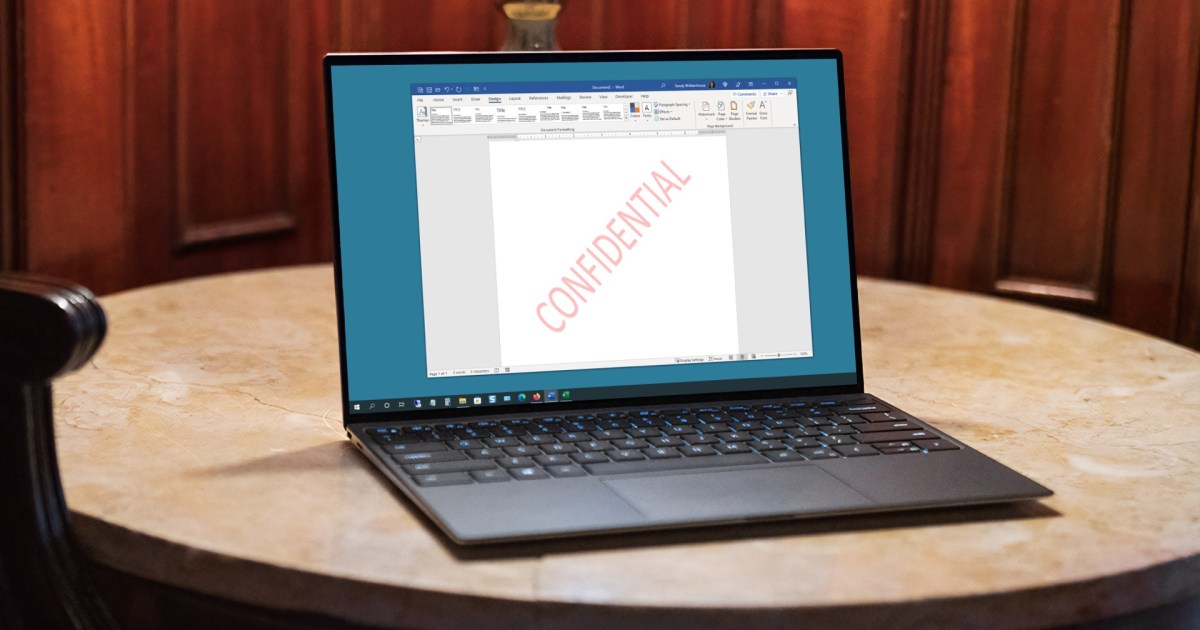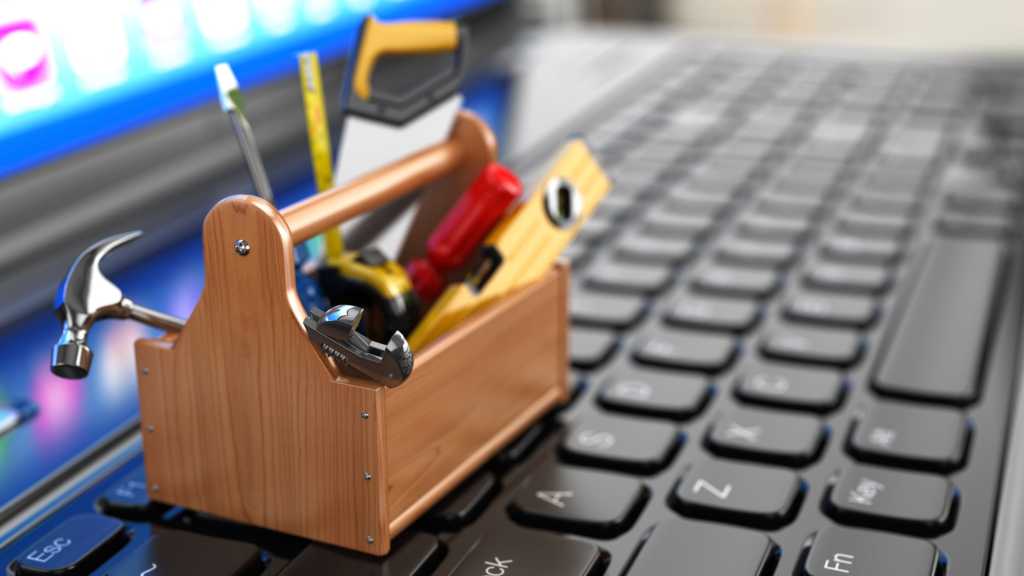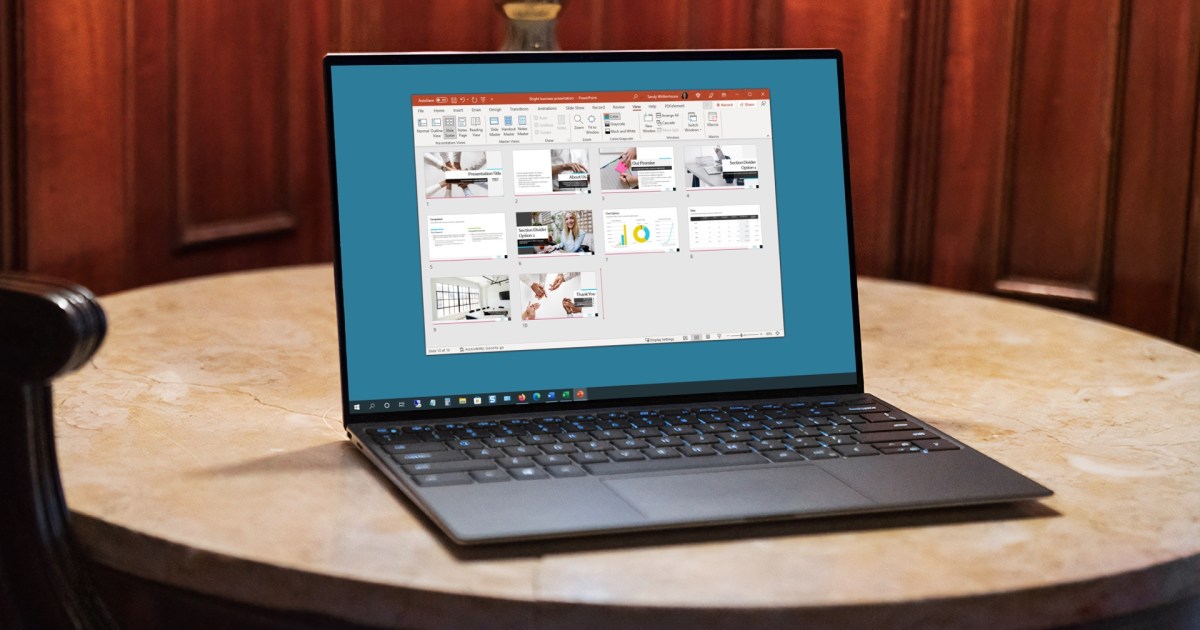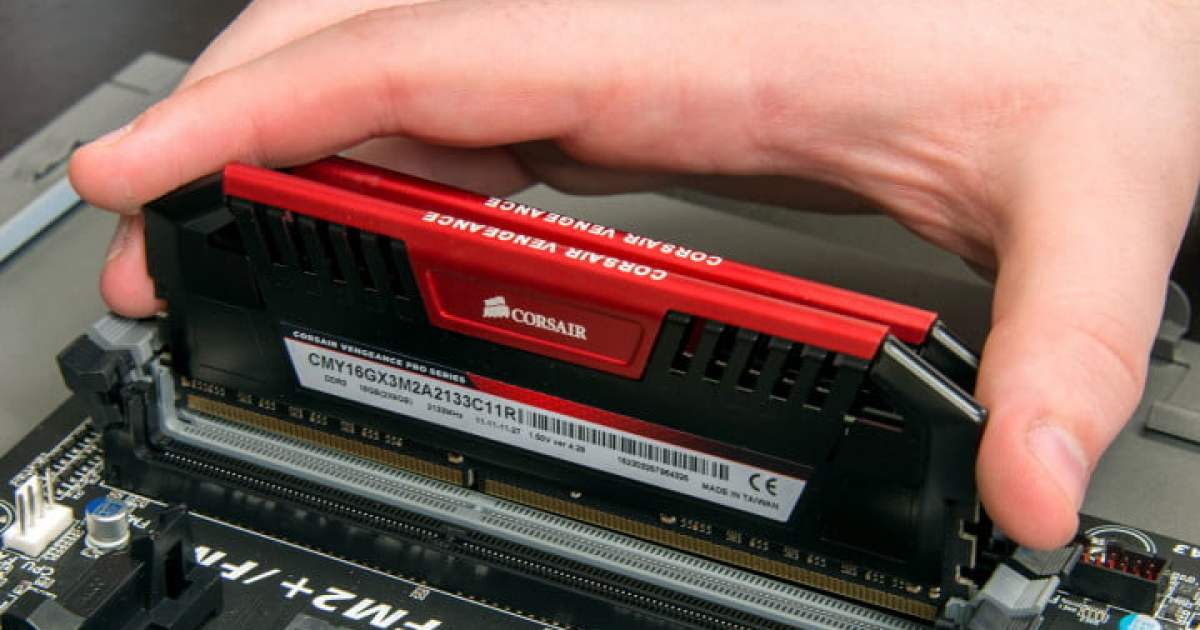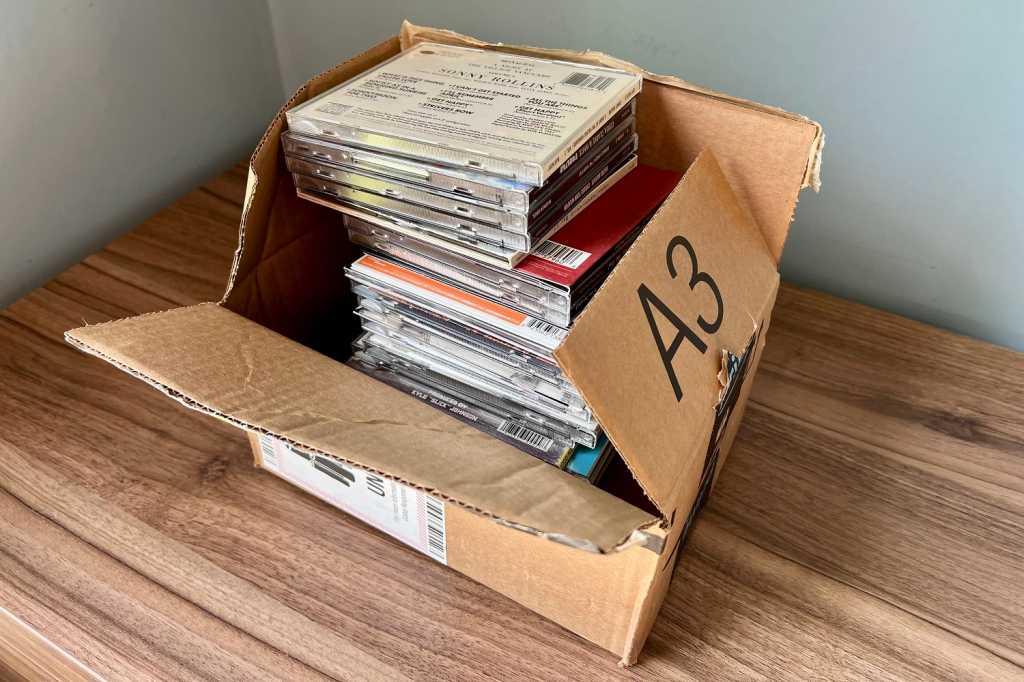When typing, you’ve likely noticed the small bumps on the F and J keys. But have you ever stopped to consider their purpose? These seemingly insignificant ridges play a crucial role in touch typing, enabling faster and more accurate input without looking at the keyboard.
These tactile markers serve as anchors for your index fingers. Positioning your left index finger on the F key and your right index finger on the J key establishes the home row position, the foundation of touch typing. This allows you to locate all other keys by feel and muscle memory, significantly improving typing speed and accuracy.
This standardized placement on QWERTY and QWERTZ keyboards isn’t accidental. It provides a universal reference point, allowing typists to navigate any keyboard with ease. Keyboards with numeric keypads often feature a similar bump on the number 5 key for the same navigational purpose.
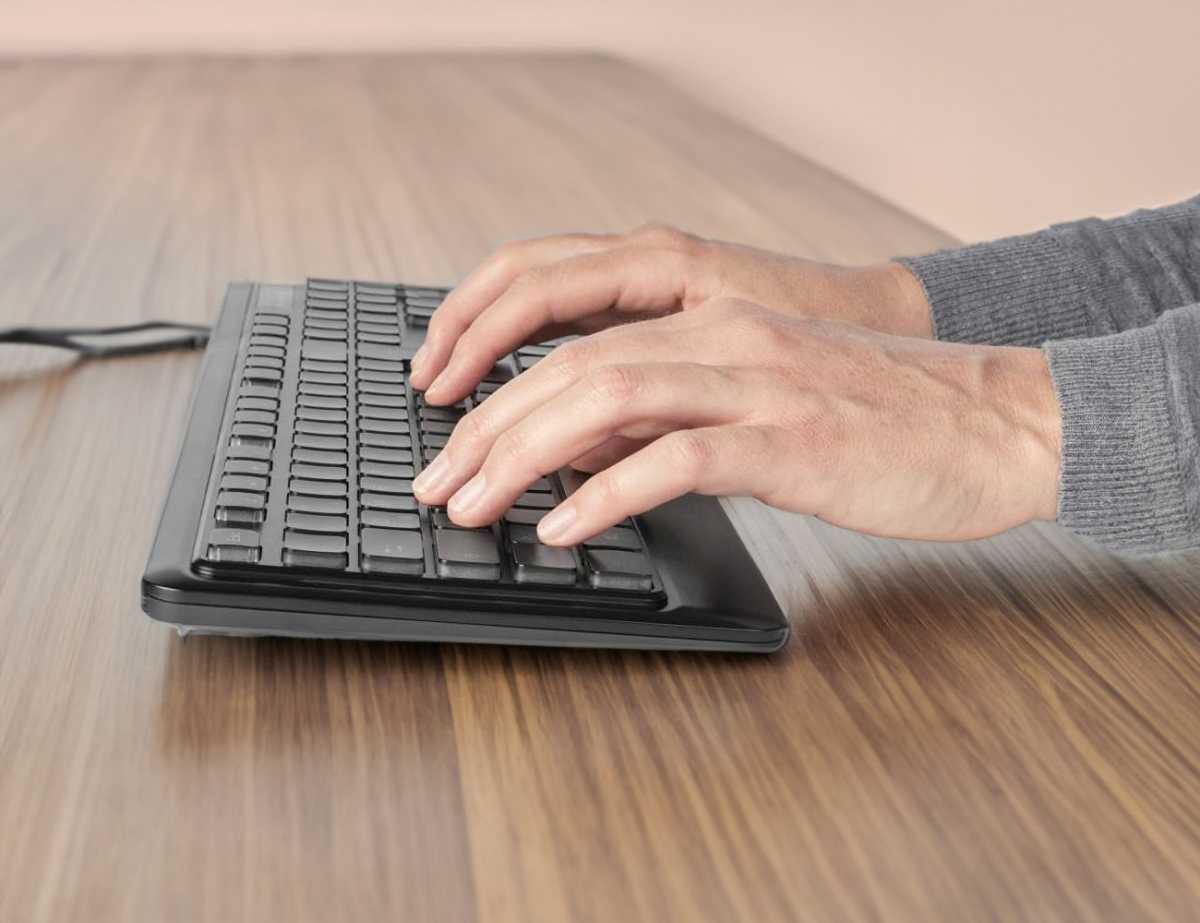 Keyboard
Keyboard
The benefits of touch typing are numerous. Beyond increased speed, it enhances accuracy by allowing you to focus on the screen, making corrections on the fly without searching for keys. Mastering keyboard shortcuts also becomes significantly easier, boosting productivity, especially when working with specialized software.
Professional typists typically achieve speeds of 43 to 80 words per minute (WPM). With dedicated practice and proper technique, speeds exceeding 100 WPM are attainable. The traditional ten-finger typing method utilizes the F and J keys as home row guides, with surrounding keys operated by the corresponding fingers. While this method is widely recognized, studies suggest factors like hand movement and finger utilization also influence typing speed.
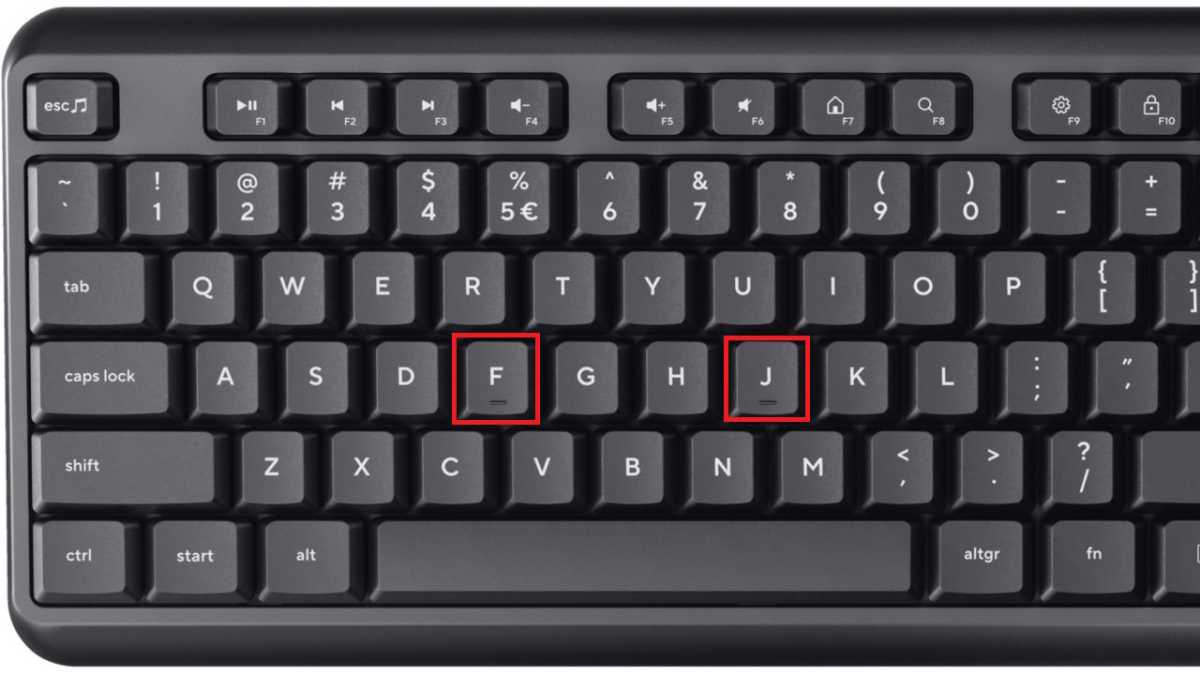 Keyboard: F and J keys
Keyboard: F and J keys
Individual typing styles and consistent practice contribute significantly to proficiency. Online resources like Type Racer offer a gamified approach to improving typing skills, turning practice into a competitive and engaging experience.
In conclusion, the small bumps on the F and J keys are more than just a design quirk. They are essential tools for efficient typing. By utilizing these tactile guides, typists can unlock their full potential, achieving greater speed, accuracy, and overall productivity.



